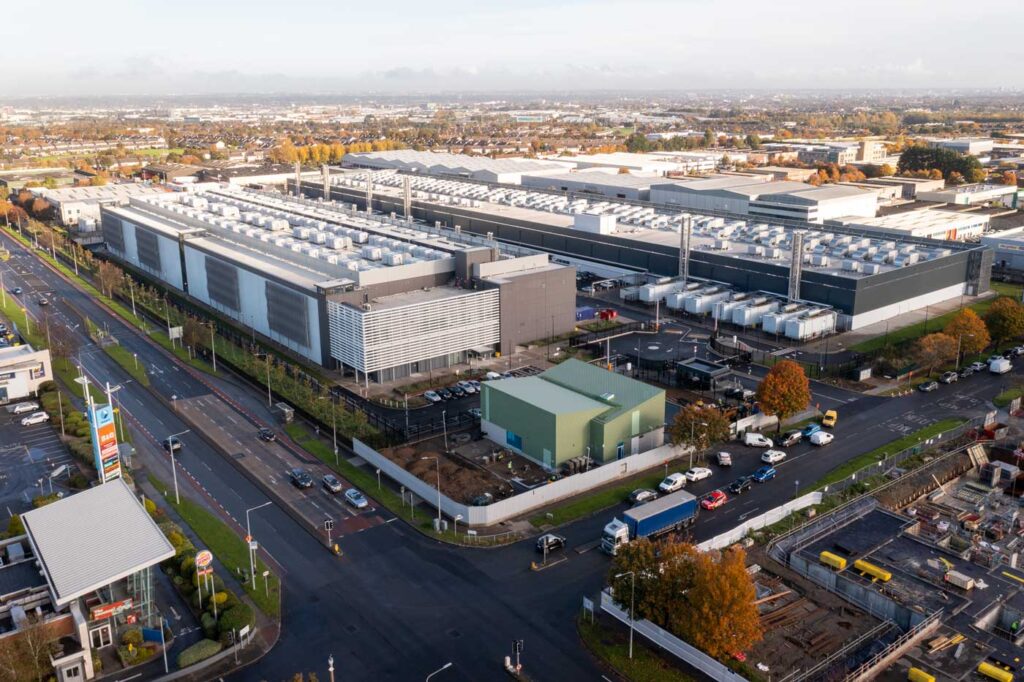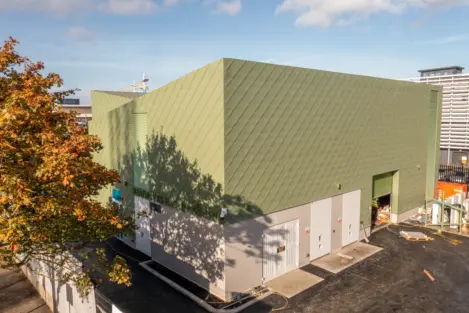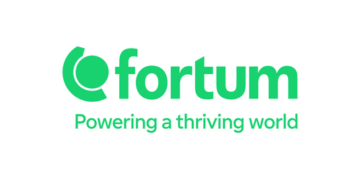Tallaght District Heating Scheme
Codema is a project partner with South Dublin County Council to develop the Tallaght District Heating Scheme.

About the project
Codema is a project partner with South Dublin County Council to develop the Tallaght District Heating Scheme (TDHS), which is the first large-scale district heating network of its kind in Ireland. Phase 1 of the scheme has been operational since 2023.
Operating under Heat Works, Ireland’s first not-for-profit energy utility, the TDHS will make a significant contribution to reducing carbon emissions in the area, saving almost 1,100 tonnes of CO2 in 2023 and establishing Tallaght as a leader in innovation in the area of climate change. Heat Works is fully-owned by South Dublin County Council.
District heating is a network of highly-insulated pipes that delivers low-carbon heat from a central energy source to provide space heating and hot water to the buildings connected to the network. In the case of the Tallaght District Heating Scheme, this project uses waste heat from the nearby Amazon data centre to supply the heat to the network.
The first phase of this project supplies heat to existing and new local authority buildings and the TU Dublin Tallaght campus. There is also potential for many other local buildings to connect in the future, such as new residential developments, Tallaght Hospital and others.
Project results
Project team

Admir Shala
District Heating Development Manager

Admir Shala
District Heating Development Manager

Joe Hayden
Executive Manager - Project Implementation

Joe Hayden
Executive Manager - Project Implementation

John O’Shea
Senior Energy Systems Analyst / Heat and Electricity Lead

John O’Shea
Senior Energy Systems Analyst / Heat and Electricity Lead
Project partners and funders
Project resources
See more projects in this area

Grow Green Burn Blue

Dundalk District Heating Feasibility Study





